Timeless Villages in Eastern Europe You Should See
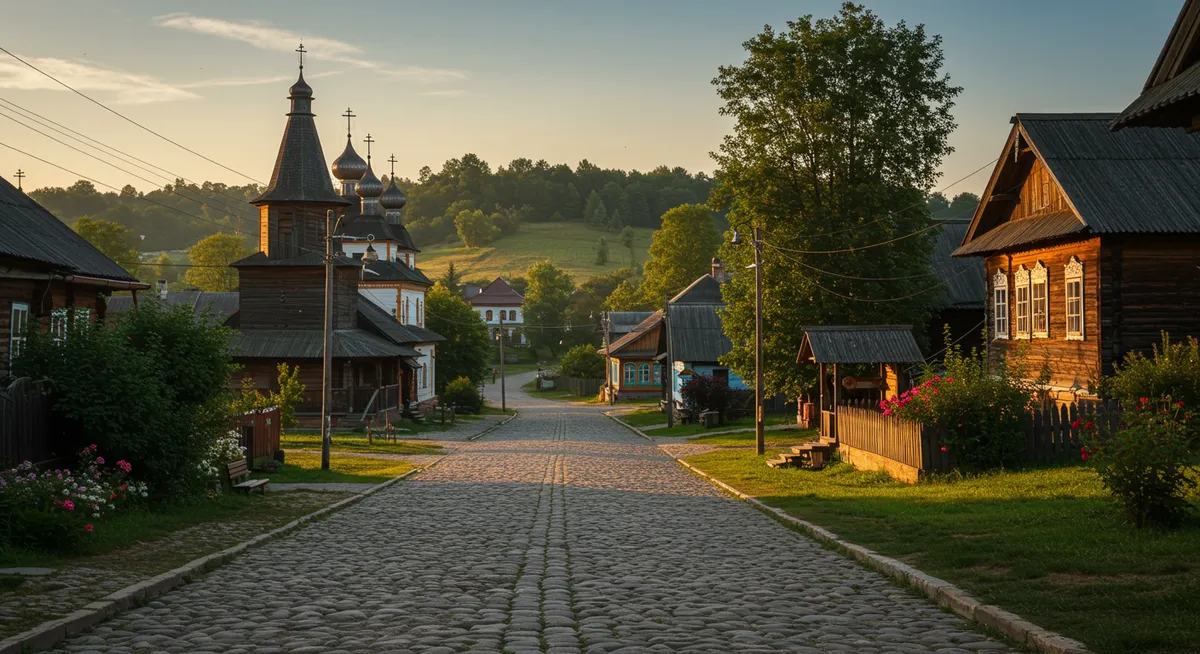
Timeless Villages in Eastern Europe You Should See
Eastern Europe harbors extraordinary historic settlements that showcase the region's rich and complex heritage, from medieval fortified churches to ancient Roman streets and perfectly preserved Baroque town centers. While Western European historic villages often receive greater attention from travelers, these Eastern European counterparts offer equally compelling architecture and cultural heritage, often with fewer crowds and more authentic atmospheres. From the Carpathians to the Balkans, these remarkable places preserve distinctive building traditions, religious heritage, and folk customs that reflect the diverse influences—Germanic, Slavic, Ottoman, and more—that have shaped this fascinating region.
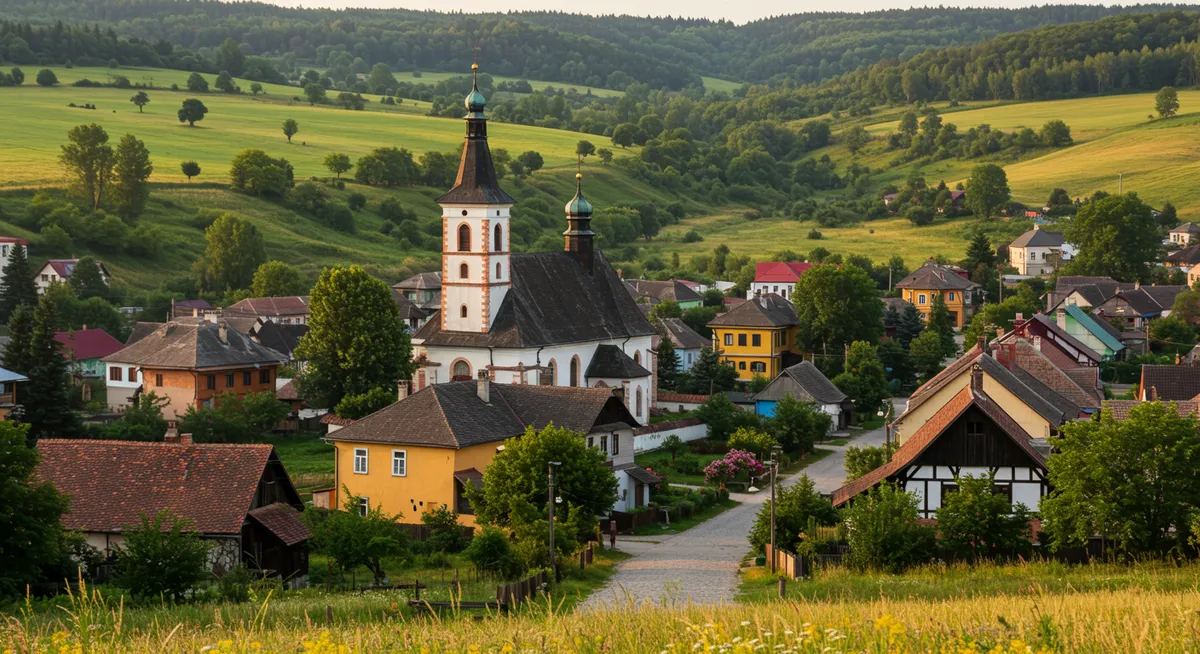
1. Biertan: Romania's Saxon Fortified Gem
Nestled in a picturesque valley in the Transylvania region of Romania, Biertan stands as one of the finest examples of Saxon fortified church villages in Eastern Europe. This extraordinarily well-preserved settlement, dominated by its UNESCO-listed 15th-century fortified church complex, offers a remarkable glimpse into the unique culture of Transylvania's German-speaking communities. With its concentric rings of defensive walls, imposing towers, and surrounding traditional houses, Biertan presents a medieval architectural ensemble of exceptional integrity, earning it recognition as one of Romania's most important historic villages.
What Makes It Special
- Fortified Church: Contains one of Eastern Europe's most impressive medieval church fortifications with three concentric walls
- Unique Door Lock: Houses the famous Biertan lock featuring an ingenious 15th-century mechanism with 19 bolts controlled by a single key
- Marriage Prison: Includes a notable small room where quarreling couples were locked together to resolve their differences
- Saxon Heritage: Preserves the distinctive culture of Transylvania's German settlers who arrived in the 12th century
Historic Significance
Biertan's history begins in the 12th century when Saxon (German) settlers were invited by Hungarian kings to colonize and defend Transylvania's borderlands. These communities developed a unique culture combining German traditions with local influences, visible in the village's distinctive architecture. The imposing fortified church, built between 1486 and 1524, reflects the region's turbulent history—its walls and defensive innovations helped protect villagers during frequent Ottoman raids. Biertan gained particular prominence between 1572 and 1867 when it served as the seat of the Lutheran Evangelical Bishop, making the village an important religious and administrative center. This historical significance led to better preservation of its medieval character compared to many similar settlements.
What to Experience
Explore the magnificent fortified church complex with its three rings of defensive walls, seven towers, and impressive late-Gothic hall church containing a remarkable 1525 altarpiece with 28 painted panels. Examine the famous Biertan door lock, considered a masterpiece of medieval engineering with 19 locking points controlled by a single key. Visit the "marriage prison" where, according to tradition, couples considering divorce were confined together with a single bed, table, and chair until they resolved their differences—reportedly with great success. Wander the village's well-preserved streets lined with traditional Saxon houses painted in pastel colors with distinctive architectural elements reflecting German influences.
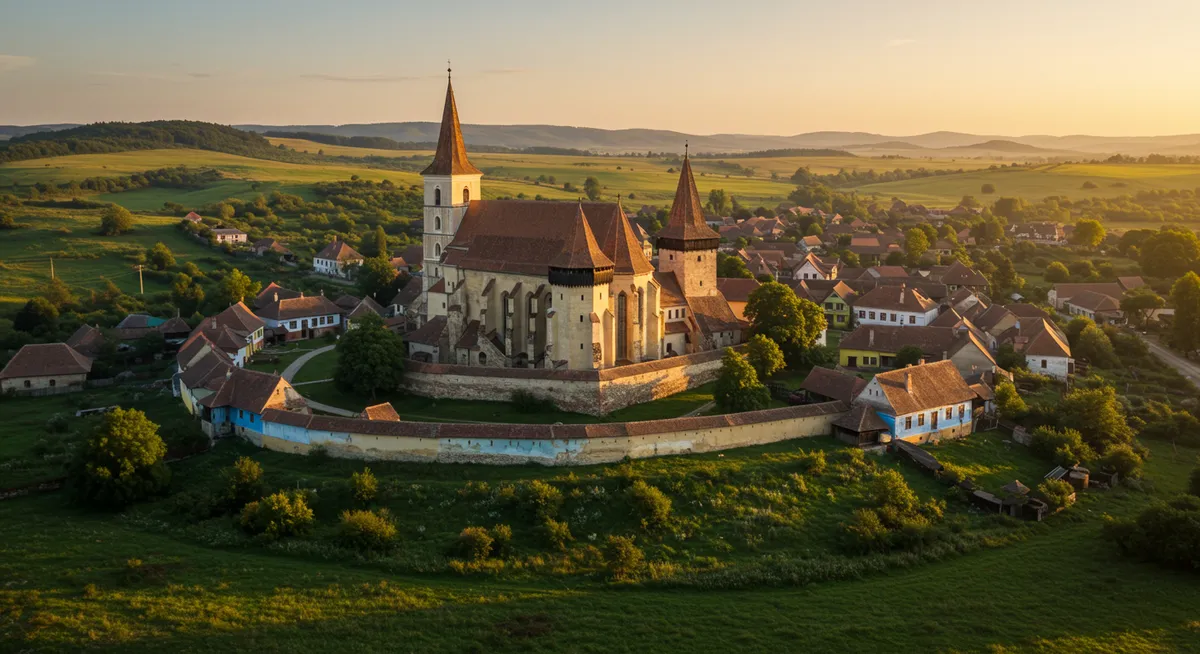
2. Plovdiv Old Town: Bulgaria's Ancient Hill Settlement
While technically part of Bulgaria's second-largest city, Plovdiv's Old Town deserves recognition as one of Eastern Europe's most extraordinary historic settlements. Perched atop three hills (originally seven, like Rome), this remarkable district preserves an exceptional concentration of architecture spanning over 8,000 years of continuous habitation. From Thracian fortifications and Roman theaters to medieval churches and magnificent Bulgarian Revival mansions, Plovdiv Old Town offers a living museum of architectural history unmatched in the Balkans, all within a pedestrianized district that maintains the atmosphere of a traditional village.
What Makes It Special
- Exceptional Antiquity: One of Europe's oldest continuously inhabited settlements with evidence of occupation since 6000 BCE
- Bulgarian Revival Architecture: Contains the finest collection of 19th-century Bulgarian Revival mansions with their distinctive colorful facades
- Ancient Roman Theater: Features a remarkably preserved 2nd-century Roman theater still used for performances
- Multi-Layered History: Showcases visible elements from Thracian, Greek, Roman, Byzantine, Ottoman, and modern Bulgarian periods
Historic Significance
Plovdiv's strategic hilltop location made it a coveted prize for numerous civilizations throughout history. Founded as a Thracian settlement around 6000 BCE, the town (known at various times as Eumolpias, Philippopolis, Trimontium, and Filibe) was subsequently ruled by Macedonians, Romans, Byzantines, Bulgarian kingdoms, and the Ottoman Empire. Each civilization left distinctive architectural legacies, creating an extraordinary urban palimpsest. The most visually striking period came in the 19th century during the Bulgarian National Revival, when wealthy merchant families constructed magnificent mansions combining Ottoman structural elements with European decorative features and traditional Bulgarian motifs. Unlike many ancient settlements that were abandoned or completely rebuilt, Plovdiv maintained continuous habitation with each era adding to rather than replacing what came before.
What to Experience
Wander the cobblestone streets lined with spectacular Bulgarian Revival mansions characterized by colorful facades, ornate wooden oriel windows, and interior courtyards. Visit the ancient Roman Theater, remarkably preserved and offering spectacular views over the modern city below. Explore house-museums like the Kuyumdzhioglu House, now the Ethnographic Museum, showcasing perfectly preserved 19th-century interiors and traditional crafts. Discover early Christian structures like the small red brick Church of St. Constantine and Helena, built atop a previous Roman structure. Experience the district's thriving artistic community centered around Kapana, the former craftsmen's quarter now filled with galleries, studios, and cafes.
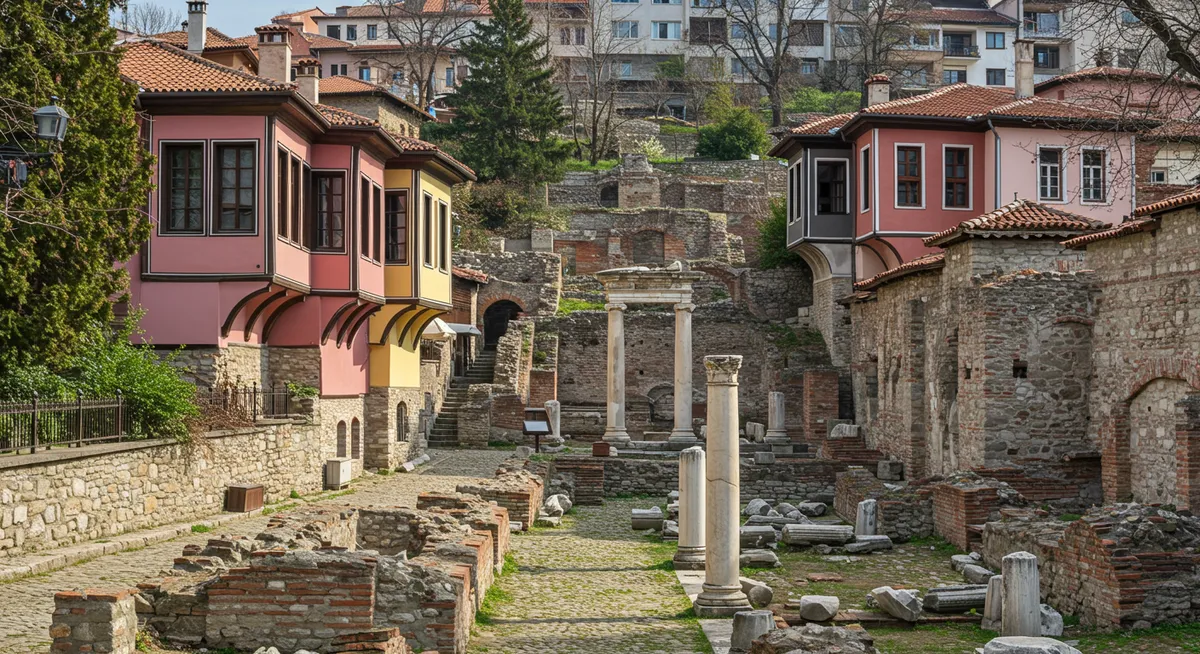
3. Český Krumlov: Bohemian Medieval Perfection
Embraced by a horseshoe bend of the Vltava River in Southern Bohemia, Český Krumlov presents one of Eastern Europe's most perfectly preserved medieval townscapes. This extraordinary settlement, dominated by its massive castle complex second in size only to Prague Castle, features an exceptional concentration of Gothic, Renaissance, and Baroque architecture that has remained remarkably intact since the 16th century. The town's picturesque setting, distinctive red-roofed buildings, and winding cobblestone streets create a fairy-tale atmosphere that exemplifies the best of Bohemian historic preservation.
What Makes It Special
- Intact Medieval Core: Features an exceptionally well-preserved historic center with minimal modern intrusions
- Castle Dominance: Boasts the second-largest castle complex in Czechia with elements spanning from Gothic to Baroque periods
- River Setting: Dramatically situated within a tight bend of the Vltava River creating a natural moat
- Baroque Theater: Houses one of only two complete Baroque theaters in the world with original stage machinery
Historic Significance
Český Krumlov's history begins in the 13th century when the castle was founded by the Vítkovci family, a branch of the powerful Rosenberg dynasty that controlled the town for over 300 years. Under Rosenberg rule, especially during the Renaissance period, the town flourished as an important cultural and administrative center. The castle was expanded significantly, and the town developed its distinctive architectural character. After passing to the Eggenberg and later Schwarzenberg families, the castle saw further development, particularly in the Baroque period. Unlike many Central European towns that modernized extensively in the 19th and 20th centuries, Český Krumlov's economic stagnation during this period inadvertently preserved its historical integrity. The town was declared a UNESCO World Heritage site in 1992, recognizing its exceptional architectural preservation.
What to Experience
Explore the massive castle complex with its 40 buildings and palaces, five courtyards, and spectacular 11-hectare Baroque garden with rotating theater. Visit the exquisitely preserved Baroque castle theater, one of only two in the world retaining its original stage machinery, scenery, and props. Wander the winding cobblestone streets of the old town with their Gothic and Renaissance houses, now housing museums, galleries, and traditional craft shops. Discover the preserved synagogue and Jewish quarter, telling the story of the town's Jewish community. Experience the traditional rafting culture on the Vltava River, which has defined the town's relationship with water for centuries.
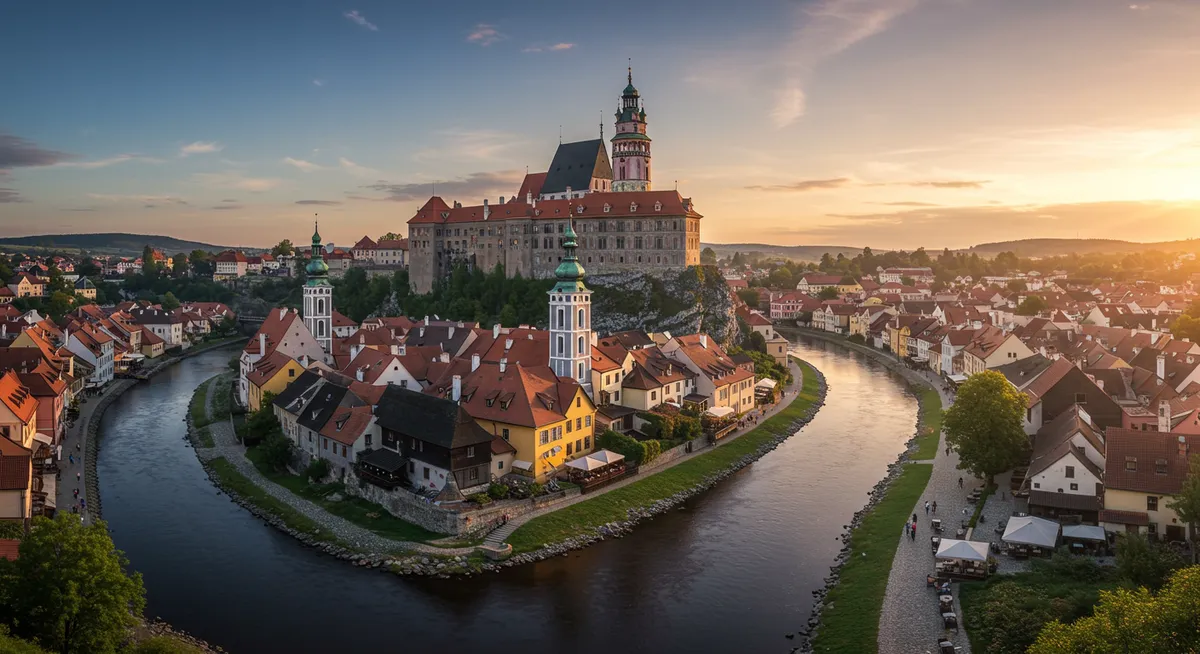
4. Hollókő: Hungary's Living Folk Village
Nestled in the Cserhát Mountains of northern Hungary, Hollókő offers visitors a living encyclopedia of traditional Hungarian folk architecture and rural culture. This remarkably preserved Palóc village, whose name means "Raven Stone," features 67 protected buildings showcasing the distinctive rural architectural style that developed in this region during the 17th-19th centuries. Unlike many folk villages that function primarily as museums, Hollókő maintains a living community that continues traditional crafts, costumes, and customs, earning it recognition as Hungary's only village entirely designated as a UNESCO World Heritage site.
What Makes It Special
- Folk Architecture: Contains the highest concentration of traditional Hungarian rural buildings with minimal modern alterations
- Living Traditions: Maintains authentic folk customs, crafts, and costumes still practiced by village residents
- Medieval Ruins: Features the atmospheric ruins of a 13th-century castle on the hill above the village
- Museum Quarter: Includes multiple buildings preserved as museums showcasing different aspects of traditional rural life
Historic Significance
Hollókő's history begins with the construction of a castle in the 13th century, though the village as seen today largely dates from after 1909, when a fire destroyed many older structures. The rebuilding process carefully followed traditional designs and techniques, preserving the distinctive architectural style of the Palóc ethnic group—a Hungarian subgroup with unique cultural traditions. The village layout, with its single main street and residential buildings facing the road at an angle, represents a traditional form of rural planning rarely preserved so completely. What makes Hollókő particularly significant is not just the preservation of historic buildings but the maintenance of living cultural practices, including traditional crafts, cuisine, religious ceremonies, and distinctive embroidered folk costumes still worn for celebrations.
What to Experience
Wander the village's beautifully preserved main street lined with white-painted houses featuring distinctive wooden galleries and gabled roofs. Visit the Village Museum to understand traditional Palóc household organization and rural crafts. Experience the Easter Festival when the entire village dresses in traditional costume and performs folk dances and ancient spring rituals. Explore the ruins of the 13th-century castle on the hill above the village offering spectacular views of the surrounding countryside. Taste authentic Palóc cuisine, characterized by distinctive hearty soups and stews prepared according to centuries-old recipes.

Eastern European Heritage: Exploring Centuries of Diverse Influence
Eastern Europe's historic villages reflect the region's complex cultural heritage spanning multiple empires and civilizations. Consider these themed routes to explore these remarkable places:
- Fortified Heritage Tour: Begin at Biertan and explore other fortified settlements that developed unique defensive architectural traditions
- Ancient Urban Centers: Visit Plovdiv Old Town to discover the remarkable layers of civilization from Thracian to Ottoman periods
- Medieval Castle Towns: Experience Český Krumlov and other perfectly preserved medieval townscapes with their imposing castles
- Living Folk Traditions: Discover Hollókő and other villages that maintain authentic rural traditions and folk architecture
Travel Tip: Eastern European historic villages are significantly less crowded than their Western European counterparts, particularly outside the summer season. Consider visiting in May or September when the weather is pleasant, but tourist numbers are lower and you'll have a more authentic experience of local life.
Related Content
If you're interested in Eastern Europe's historic villages, you might also enjoy these related articles:

The Most Charming Small Towns in the Balkans: Hidden Treasures
Discover enchanting Balkan towns and villages that offer authentic experiences, stunning architecture, and rich cultural traditions away from the tourist crowds.
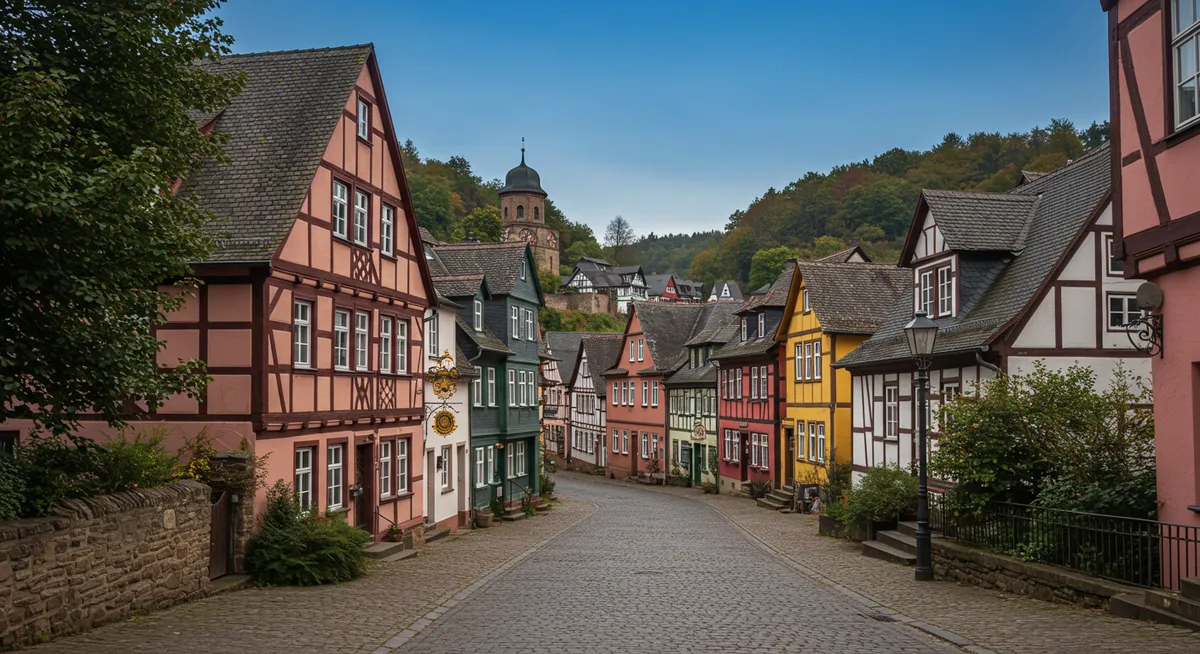
Germany's Oldest Villages and Timber-Framed Towns
Explore Germany's most perfectly preserved historic villages, from medieval splendor to timber-framed wonders and riverside charm.
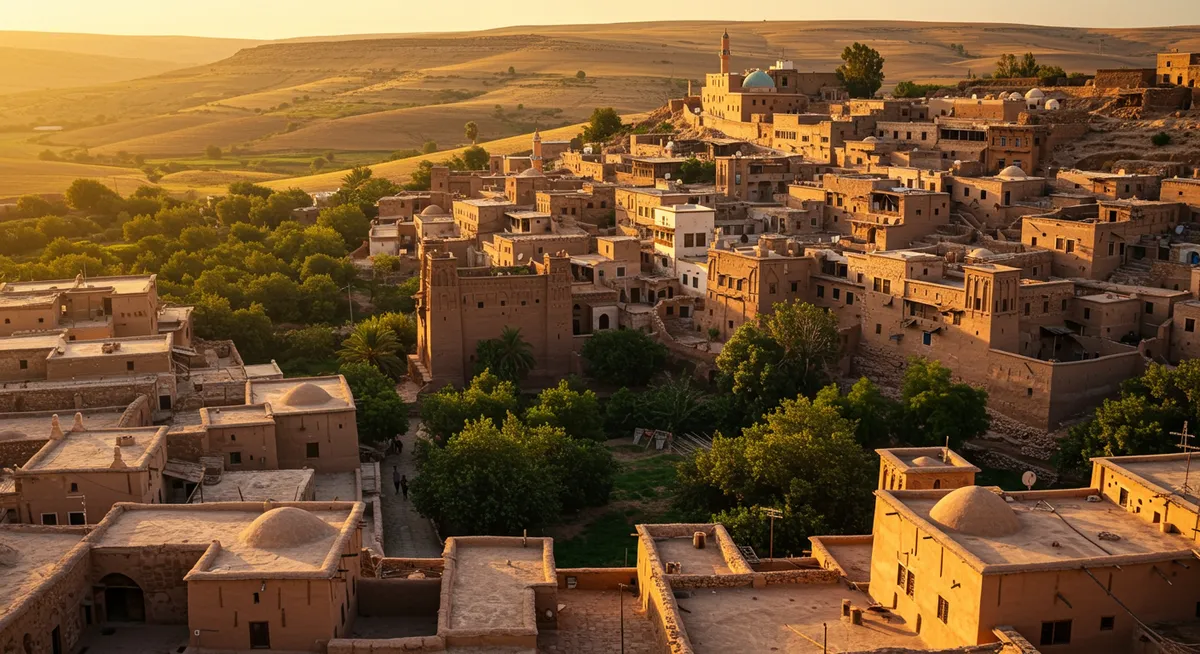
The Oldest Inhabited Villages in the Middle East
Journey through the Middle East's most ancient continuously inhabited villages, from stepped mountain settlements to historic coastal towns.
Explore More Historic & Hidden Gem Villages
Discover more extraordinary villages across Europe and beyond.